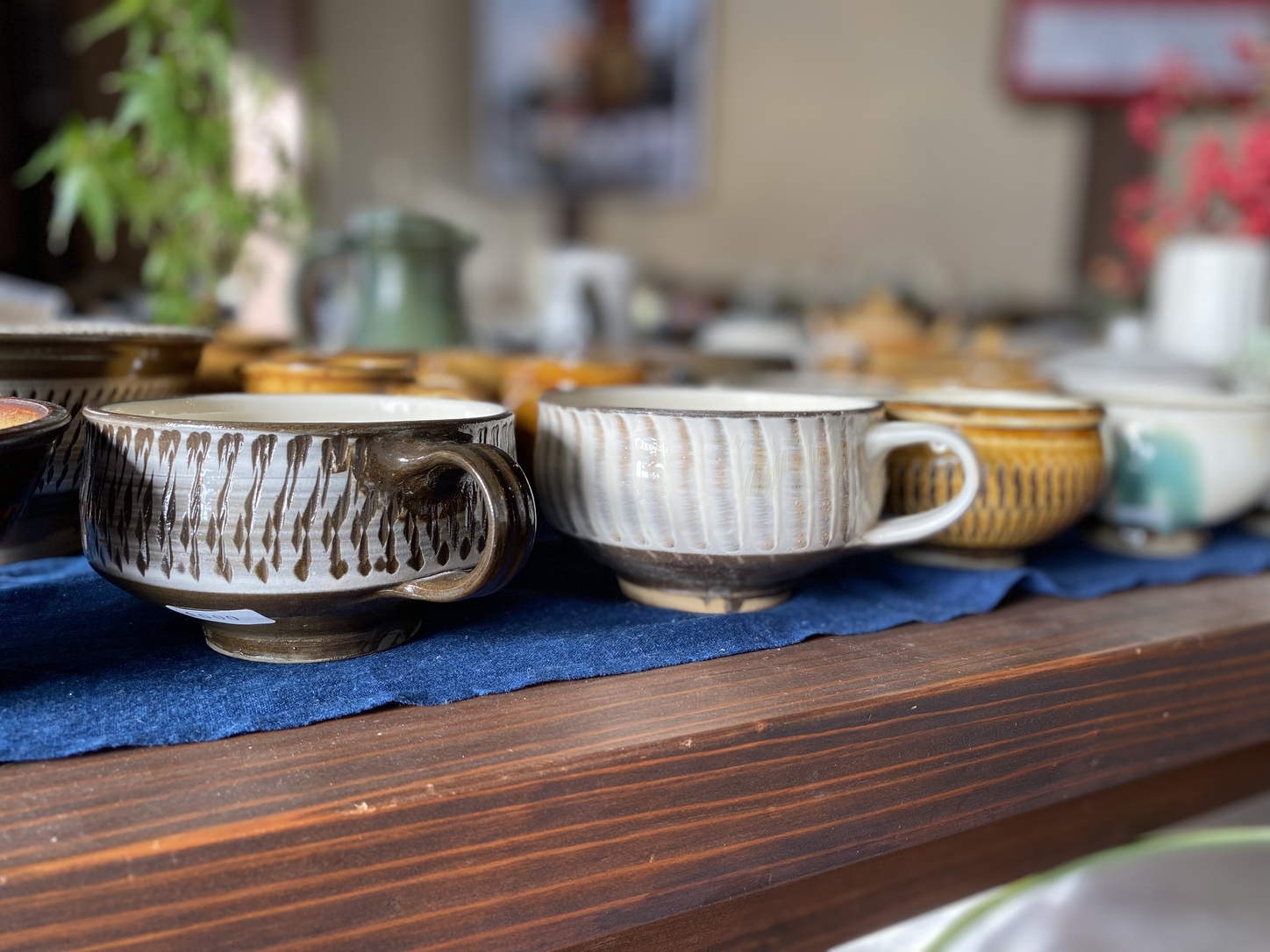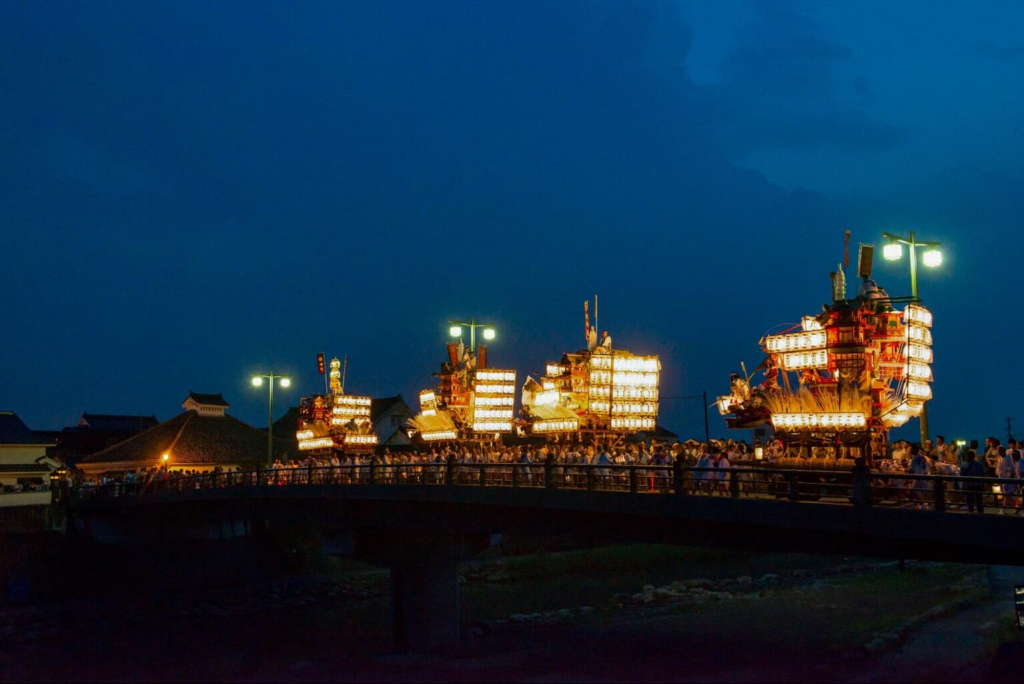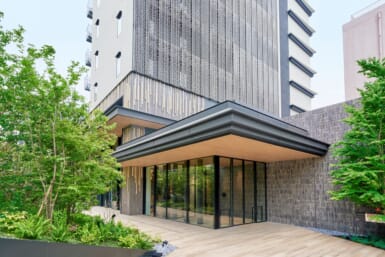Oita is best known for its onsen havens, but the prefecture in Kyushu has quite a few areas worth exploring on the way to and back from the hot springs. One must-visit destination is Hita City, home to historical sites, lush nature, distinct culture and known to many as the “Little Kyoto of Kyushu.”
Hita Gion Festival and Ontayaki Pottery
Hita City was once a center of economy and politics, back when the shogunate’s deputy of the western provinces settled his headquarters here. While the shogunate is no more, Hita has retained much of its traditions, with the streets and local arts still thriving in the 21st century.
Perhaps what the area is most known for is the Hita Gion Festival. This annual event, which has been held in July for over 350 years, is the most extravagant of all the festivals in the region and it is most famous for its impressively tall yamaboko floats. In fact, when these floats were first constructed, the city was enjoying a period of prosperity.
Half a century later, the floats continue to take over the streets, illuminating them in the evening and creating a magical atmosphere which is special to Japan’s summer festivals. In 1996, the festival was designated as a National Intangible Folk Culture Asset and in 2016, it was added to the UNESCO Intangible Cultural Heritage list.
If July is not a good time to visit for you, fear not. Be sure to check out the Hita Gion Yamaboko Museum to see the floats in the flesh if you can’t make it to the festival. There’s still plenty to do around Hita.

You can experience the essence of tradition in Hita at Mameda-machi, a historic shopping district. Here you’ll find Chofuku-ji, a National Important Cultural Property and Kyushu’s oldest religious structure, the Kuncho Sake Brewery Museum, where you can try a myriad of sake brewed on-site and a plethora of shops and cafés to buy local goods.
Be sure to visit the Kangien Academy site where you can walk inside preserved buildings dating from the Edo Period. Kangien Academy is one of the biggest private schools in modern Japan, and this site was its original campus. At the adjacent Kangien Education and Research Center you can learn about its founder, Hirose Tanso, and much more.

If Edo architecture wasn’t enough, along with most of Kyushu, Hita is home to its own variety of pottery: Ontayaki. Ontayaki dates back to the 16th century and is known for its simple texture and characteristics. Items are made without any machinery, using strictly handmade tools, and the potters don’t imprint their names onto their work. Instead, their philosophy is that the kiln and community all, ostensibly, own the piece. Visit and take a walk around the Ontayaki Pottery Village, where you can hear the sounds of wooden watermills and echoes of the nearby river.
You can find ontayaki in many shops around Hita and within Mameda-machi. The city also boasts other local crafts such as Aizawa lacquerware and Hita geta sandals, all which make great souvenirs and gifts. An added bonus is that workshops are also available for those with an interest in creating their very own pair of original Hita geta sandals. For lovers of handicrafts, be sure to book a session during your visit.

Handmade Furniture and Titans
Despite working towards the conservation of traditional culture in the area, Hita also embraces pop culture and contemporary artists.
With a long history of craftsmanship, even today you can find dedicated furniture makers and designers in the area. Forestry has been a thriving industry in Hita since the 1600s and the region has a long history of handmade furniture with timber being the primary material. Furniture made in Hita takes advantage of the area’s resources. Working with only the best materials, furniture makers work towards creating sofas, chairs, tables and desks that suit contemporary lifestyles but stay true to the essence of Japanese design.
Hitakagura, a furniture-making group in the area, offers a great overview of what you can find in Hita, along with some helpful links if you’re keen to shop and redecorate your home.

In terms of working with names tied to popular Japanese culture, Hita recently unveiled its ode to the successful franchise Attack on Titan. The concept and story were created and written by Hajime Isayama, a native of Hita.
To celebrate the global success of the series, the city erected a set of statues reenacting one of the most striking and memorable moments of the first episode: When Eren, Mikasa and Armin see the colossal titan peep over the Wall Maria. The statue of the trio can be spotted at the foot of Oyama Dam which sits on the Akaishi River in the Oyama area. Also be on the lookout for a Levi Ackerman statue in front of JR Hita Station.
For more information on the art and culture of Hita City, visit the official sightseeing information site www.en.oidehita.com or Hita Tourism Division’s Instagram page.
Sponsored Post









